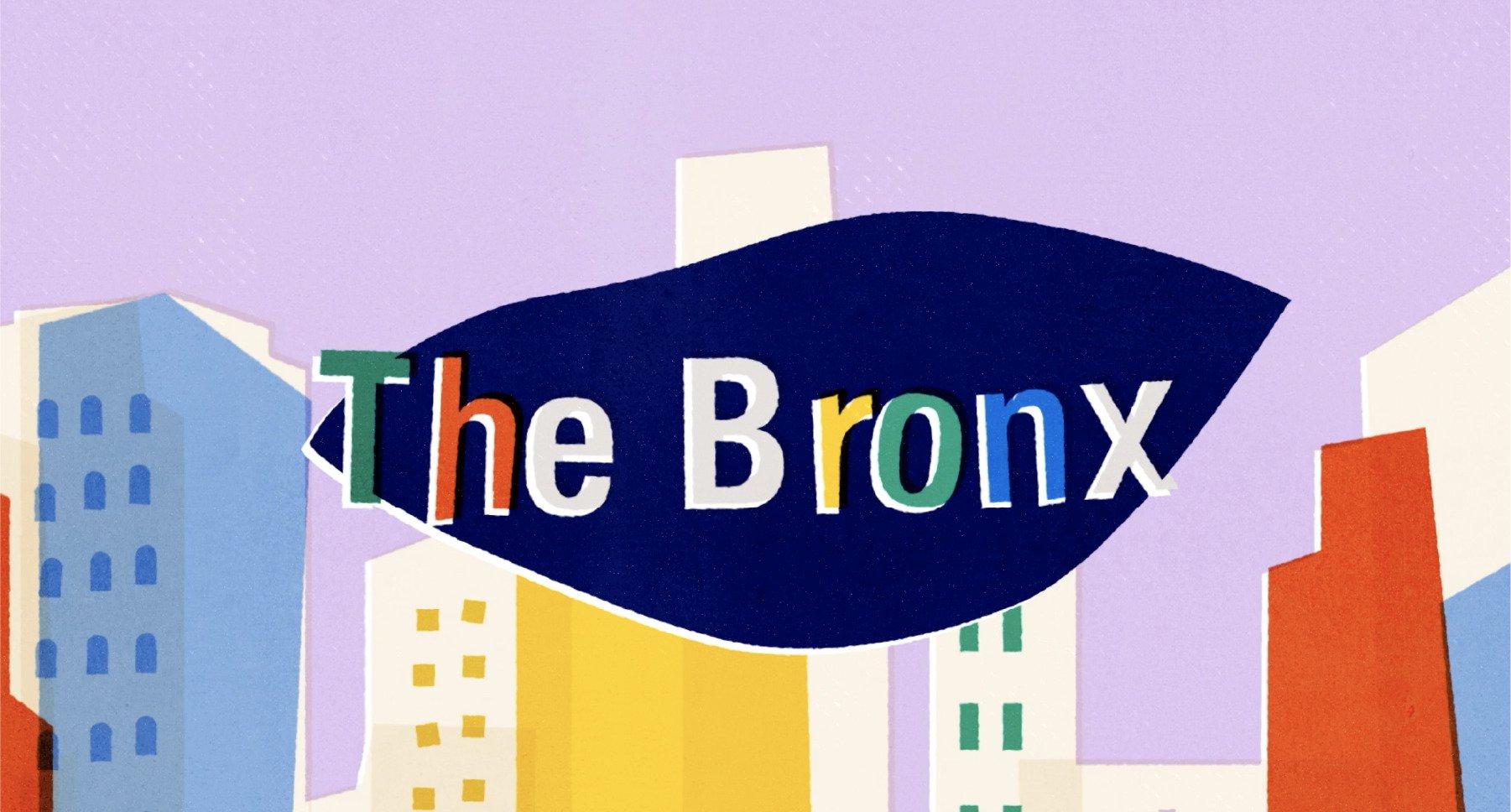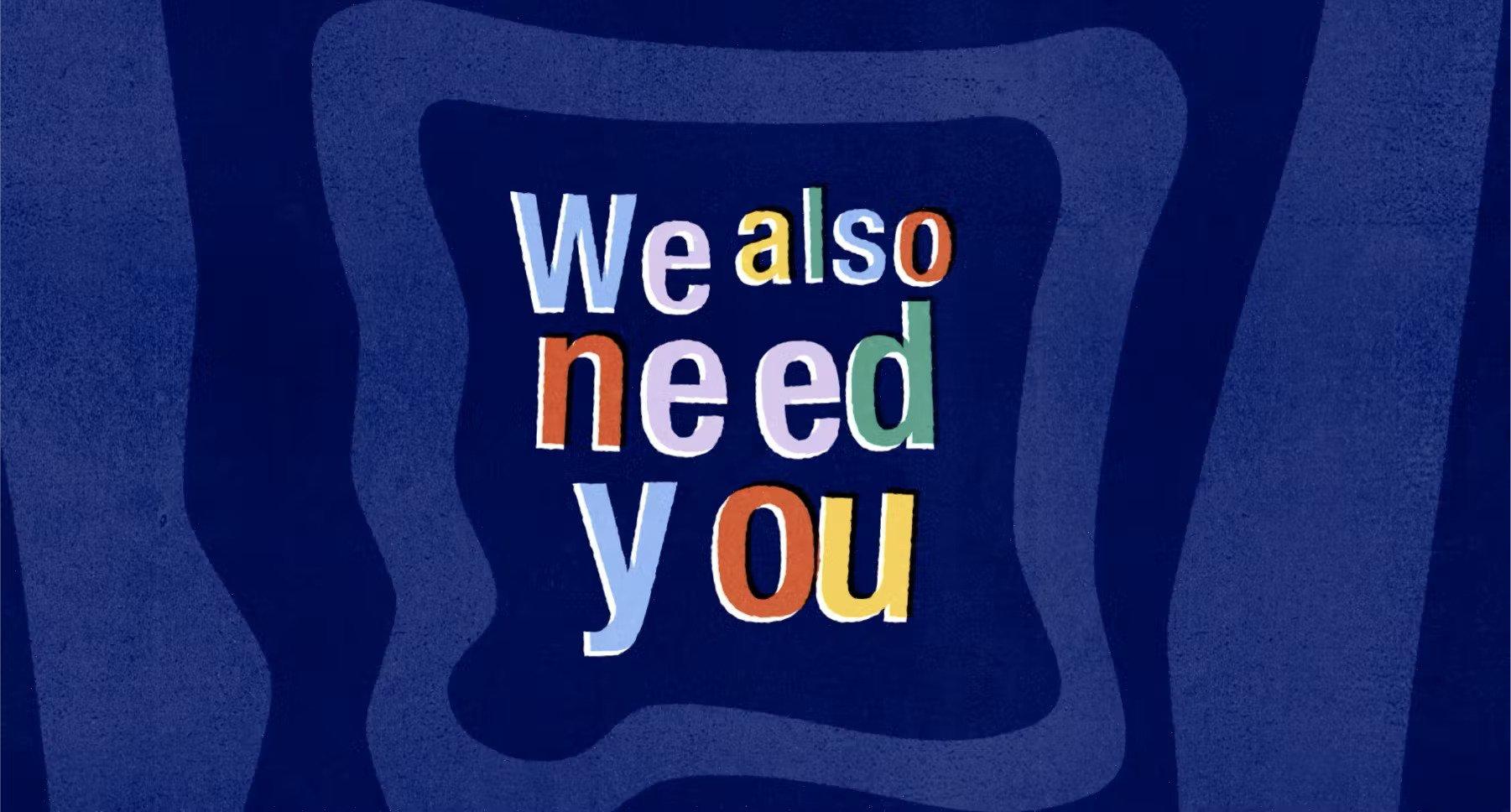Wednesday, November 16th 2022
I first heard about the organization through a work email. It’s common to receive internal communications regarding new projects or introductions and this email was no different. Marla González, CEO and co-founder of Raxo, was connecting some of us with Jill Moses, the founder and CEO of The Inspired Community Project. The idea was to kickstart a collaborative process that would result in helping them create more awareness for their cause.
A quick google search got me to their About page where a quote stood out: “It’s not about providing a service, it’s about enriching and empowering an entire community.”¹ It was at this moment when something resonated with me–this phrase captured the ethos of justice, equity and collectivity that characterizes the work I want to be a part of. I was sold. Immediately I started learning as much as I could about the organization’s work.
"I was told, not so subtly, "You were made to do this.""
TICP is a Bronx-based 501(c)(3) nonprofit organization that aims to provide no-cost early intervention services to neurodiverse children, advocacy coaching for their caregivers and families, and specialized career training for members of the community. Why the Bronx? They have the highest early intervention referral rate in the state of New York but the lowest participation because of a lack of professionals in the borough.² Access to necessary services has always been disproportionately limited and unavailable for the most vulnerable communities and many organizations continue to work towards fixing those wrongs. However, many of the problems that affect marginalized communities are systemic. TICP aims to go further and create a hyper-local sustainable model that can be replicated in places with similar disadvantages.
As we learn more about sustainability, it is not a coincidence that we begin to see the concept applied to other segments of life and not only the environment. The Western Australia Council of Social Services claims that social sustainability occurs when the formal and informal processes, systems, structures, and relationships actively support the capacity of current and future generations to create healthy and livable communities.³ TICP’s model hits all the markers of social sustainability–medical services for those who need it, support for the families of those who need help, and professional training so that there are enough professionals to go around to provide the much needed services. Their work is not only targeting health issues, they are putting in place systems and structures that will help with the economic and professional growth of the community.
For Jill–who is a Special Educator and a Board Certified Behavior Analyst–it all started in 2007. “I was just a baby therapist visiting my students in their homes and working with their families, seeing first hand their struggles with services, treatments and information.” According to TICP’s website, in the Bronx, 39% of children found eligible for [Early Intervention] services did not receive them by the 30-day legal deadline–more than in any other borough in NYC, or district state-wide. Jill shared with us how after working for NYC’s Department of Education in District 75 her career started to change. “I was asked to run an Early Intervention center as the Clinical & Managing Director, and I suddenly was not only impacting the lives of my students but I found myself mentoring and supporting young professionals into special education careers.”
Around a decade later, in September of 2021, The Inspired Community Project became a reality. “The universe put all of the pieces in front of me and with much encouragement from my personal and professional networks I was told, not so subtly, ‘you were made to do this.’” During the same decade that Jill was honing her skills and unknowingly preparing herself for TICP, Marla also continued growing personally and professionally. During those years she met her partner Oscar Rivera, and together they formed Raxo. As the agency grew, so did their family. It wasn’t too long before they became parents to a very special neurodivergent boy.

Parenthood is no easy feat. Especially when accessing necessary medical services for your child is a constant battle. About her experiences finding therapy for her son Marla shares: “Even when I am blessed to have many options I still find myself not able to provide my son with his therapy. There are not enough therapists to keep up with the demand.” In her continued efforts to find resources for her child and to help other parents in similar circumstances, she found out about TICP and contacted Jill directly.

“I met Marla through the Chief network, a women’s networking organization, where she reached out as a parent of an autistic child in support of what we were trying to build. She has such a passion for the community and [the] desire to support us and our mission.” One can only imagine how it must feel for a parent to find what could be the missing piece in the complex puzzle that is finding help for their child. “As a mother of an autistic child their mission spoke to me because they are actually mobilizing and taking action to address a growing problem in the country and that is the accessibility to free early intervention services for children on the spectrum.” Marla felt that other parents like herself and Oscar could find in TICP some of the answers that they had been looking for throughout the years. They decided they wanted to join the cause, and that’s where Raxo comes in.

Raxo is a design-centered creative studio. But it is also much more. Oscar Rivera, the co-founder and CCO shares that: “at Raxo, we are pretty vocal about social and humanitarian issues. Over the years, we have worked on several initiatives to help amplify different messages.” Raxo is also the creator of Add Culture–an editorial project that brings attention to bipoc creators, diverse talent and minority owned agencies. Raxo’s own team is diverse and multicultural with people who represent a myriad of values and life experiences. When the opportunity to work with TICP materialized, the team came together and promptly got to work. Oscar felt that the best way the agency could help was by “donating our resources to help boost their cause.”
Like with other Raxo projects, it all starts with listening. Oscar–who has been over five years working with his team–shares that “understanding the client’s needs is essential, so we take our time to get to know them and the problems they face. Once we identify the problem, we propose an action strategy where we bring creative solutions that help solve [their] needs.” Following a crucial conversation with Jill, the team understood that TICP was on a time-sensitive journey of getting the necessary funds to be able to open their doors to the community. It was decided that a video piece could help bring more awareness to the project and help with their fundraising.
In a recent internal workshop Raxo held in Buenos Aires, Kike Sánchez, our Sr. Content Strategist, asked: If you had to define Raxo with one word, what would it be? Among the many answers that were shared, one stood out for me: collaboration. It can seem obvious that an agency that works on creative projects is big on collaboration. After all, it is a necessity of the job. For this particular video some of us worked on the concept and script, some worked on the overall design, the animations, the editing, the music, the colorization…well, so many things! Still, the concept of collaboration stayed with me as I reminisced about our process. Jill shared the following: “Working with the RAXO team was so special because they always took the time to check in, to listen to my options, and even more to take my thoughts and opinions seriously. Each step of the process was clear, and delivered quickly. I was able to have as much or as little input at each stage as I felt comfortable with (…)” Jill’s words ring true to what I have seen in my time working at Raxo–there is a strong commitment to adequately amplify the client/collaborator’s voice and vision with the best possible work the agency can put out.
In this particular case, the resulting piece is a one-minute long animated video with a colorful, bright and dynamic design. The animation mimics what would be a hand-made collage of sorts that could remind us of an art class project at school. In the video, this stylistic concept is delivered through evoking Risography–a printing technique that was developed by the Japanese company Riso and is an intermediate between digital printing and screen printing. The results are reminiscent of handmade screen-prints.⁴ The team also developed their own set of iconography which helped identify a variety of topics using a visual language based on simple shapes like what you might see in a children’s book. “This look helped us carry the message in a clear and easy-to-digest way,” says Oscar.

Even when the collaboration between TICP and Raxo was a successful one, it’s not all good. Like other nonprofits in the US, TICP still struggles with visibility and fundraising. With all the overwhelming noise in social media and other information outlets, nonprofits’ awareness work can become scattered. Accurate and relevant information seems to fall through the algorithm cracks ultimately affecting fundraising efforts. At the time of this publication, TICP is quickly approaching their fundraising deadline. They have already raised 95 % of all funds needed but they are still $50k short of being able to open their doors to begin a positive change for the Bronx community. Thanks to their hyper-local sustainable model, they will be self-sufficient within a few months of opening. Most nonprofits have to go through fundraising campaigns every year to be able to maintain their operations. By empowering the community and by relying on old and new networks, TICP found a different way–a sustainable way.
It was a woman’s network that got Marla and Jill together. A network they both became a part of to find connections that would help them further their own visions. A mother looking for help for her son and a Special Educator looking for resources for her project quickly became a collaboration between a successful agency and a visionary nonprofit. Both understand that to accomplish great things you need others, you need support networks. The result of this collaboration will hopefully not only help TICP in their awareness and fundraising efforts, but also show that empathy-driven collaborations and acts of kindness can make a difference.
Sources:
The Inspired Community Project
Advocates for Children
WACOSS
Metapaper
All images attached to this article are not property of Lorem Ipsum and were crafted by the artists mentioned above.
